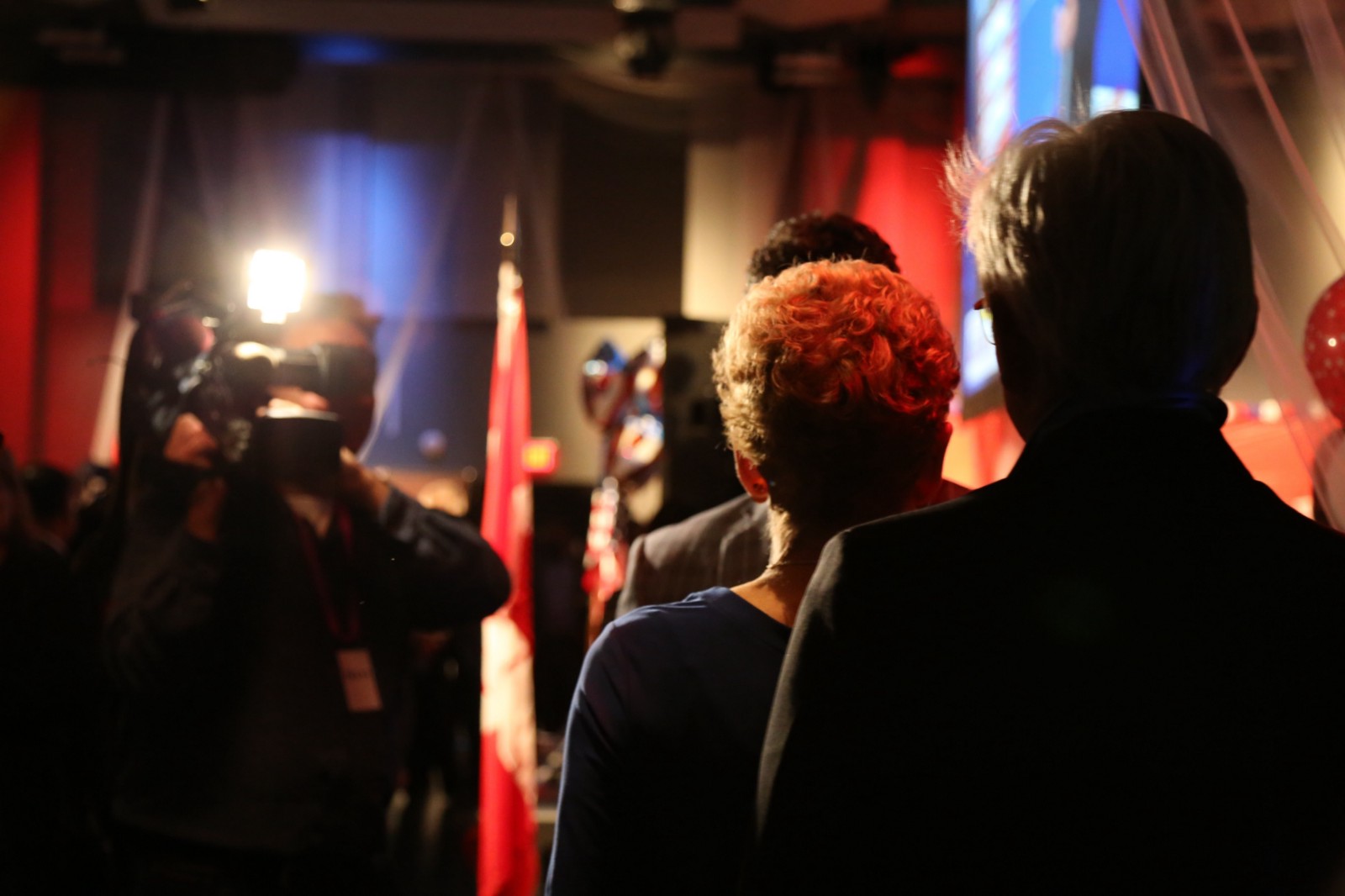Does Media Coverage of Partisan Polarization Affect Political Attitudes?
Interview with Professor Neil Malhotra
Political polarization and legislative gridlock frequently dominate the headlines in today’s media. In a 2016 research project in the Journal of Political Communication, Professors Matthew Levendusky and Neil Malhotra explored whether this media coverage is itself exacerbating the problem of polarization. Their analysis revealed that coverage of polarization was influencing some Americans to moderate their positions on certain issues. However dislike and distrust of the opposing party was amplified by coverage that emphasized division and discord. Professor Malhotra offers some further thoughts on his work in the following interview.
Q: What was the most surprising or disruptive finding from your research?
A:We had maybe thought that media coverage presenting America as polarized would polarize Americans in terms of their issue attitudes given previous research on conformity. However, the anti-conformity we observed was striking given that people do not view extreme partisans as people they want to be. We expected that media coverage of polarization would increase affective polarization, but were surprised that the effects exceeded that of issue polarization. This is line with much recent research, however, that views polarization less in terms of issues and more in terms of emotional responses to the “other side.”
Q: How has this area of research evolved since your publication?
A: We wanted to explore the issue of partisanship and polarization outside the survey context, where many people criticize survey responses as “cheap talk.” We recently published a paper in the American Journal of Political Science showing that partisanship affects people’s real economic choices outside the survey context in labor and product markets.
Q: Your research indicates that voters are moderating their positions when they come into contact with media descriptions of a divided electorate. How could this be utilized in today’s political climate to try and inhibit polarization?
A: I think it suggests that people do not view extreme individuals as role models. So public shaming of extremity and approbation of moderation may be effect. At the same time, I think it also shows that issues are likely the wrong metric by which to assess polarization, and affective responses to opposing partisans are much more meaningful.
Q: The field of ‘peace journalism’ focuses on using media and journalistic practices to encourage reconciliation in divided societies. Can we draw from your research that American media should be taking a similar approach? Could excessive coverage of polarization be unethical?
A: The media has a responsibility to report the truth, so I don't think they should shy away from reporting that societies are polarized if that is what the data says. However, too often the media constructs narratives based on episodic stories and not enough from broad patterns of data. This was the case of crime coverage, and I think there is a similar phenomenon with coverage of polarization. However, the rise of data driven journalism may be changing things.
Neil Malhotra is a professor of Political Economy at Stanford University’s Graduate School of Business. He has written and been published extensively on American politics, political behaviour and survey methodology.


